The National Equine Health Survey (NEHS) 2018 received information for over 13,000 horses, giving a snapshot of the health of UK horses for one week in May 2018.
38% of horses had one or more health problems recorded.
Of all the disease syndromes recorded, 29% were lameness including laminitis (23% in 2017), and 7.4% were metabolic diseases (8.1% in 2017).
Laminitis made up 5.4% of all individual disease syndromes recorded (6.5% in 2017), and PPID 5.3% (6.0% in 2017). 43% of laminitis cases were first episodes and 57% were repeat episodes (49% and 51% respectively in 2017).
However, without knowing how many individual syndromes were reported, these figures are not particularly helpful. All we know from the report is that 38% of 13,873 horses, so 5,272 horses, had 1 syndrome or more.
So a minimum of 2% of the population had laminitis when the survey ran for a week in May 2018 (calculated 38% of 13,873 horses = 5,272 x 5.4% = 285 / 13.873 = 2%).
Similarly a minimum of 2% had PPID, and 2.8% had metabolic diseases - but does metabolic disease include PPID, or does it mean EMS? How many had EMS AND PPID, and how many had PPID without EMS?
67% of horses were recorded as having a body (fat) score of 3 with 17.8% recorded as being thin (score of 2 and under) and 15.5% recorded as overweight (greater than 3). [However, previous research has suggested that owners tend to under-estimate their horses' body condition scores].
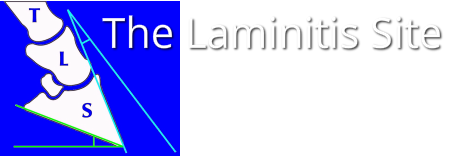
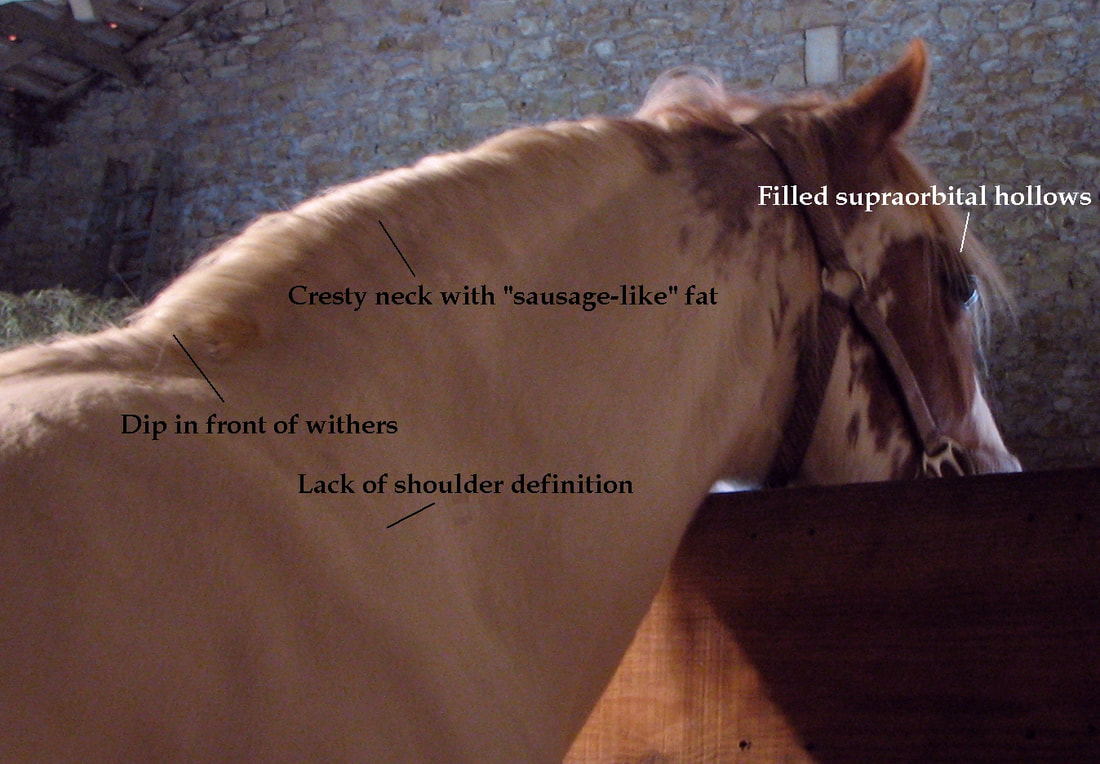
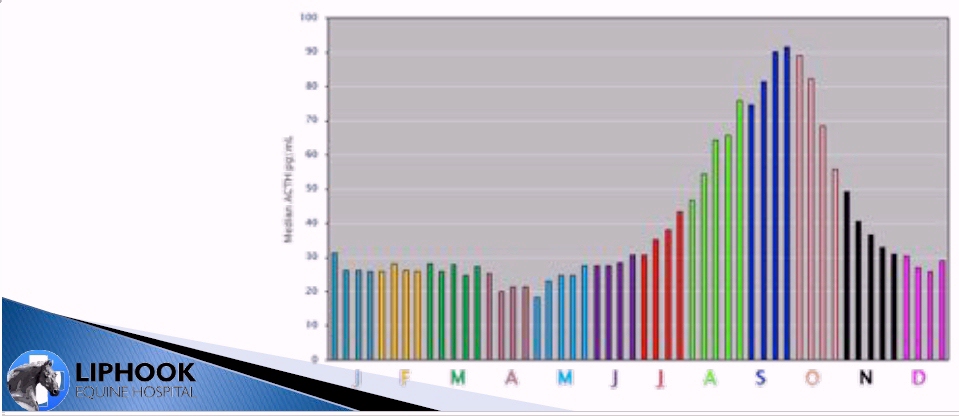
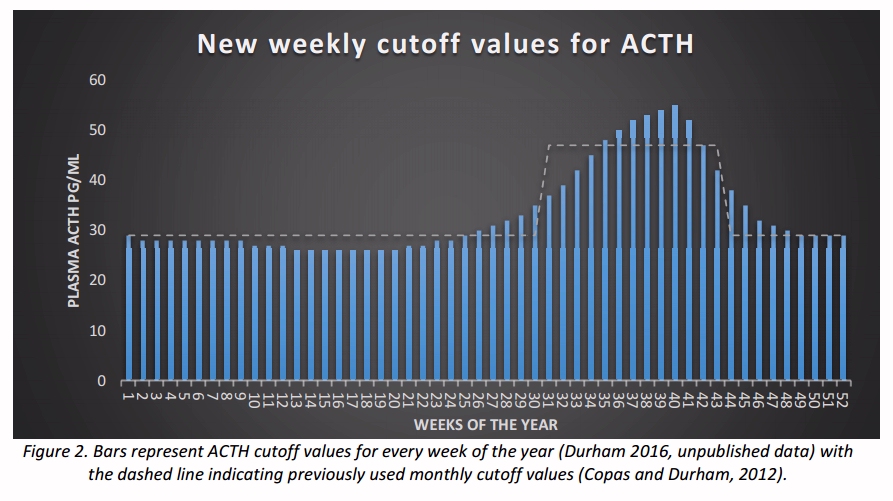
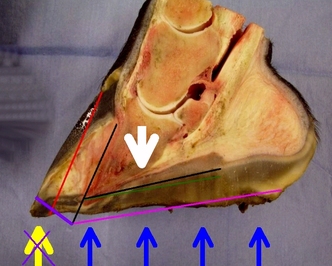
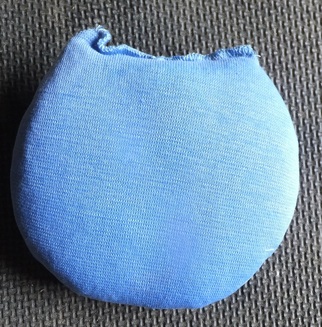
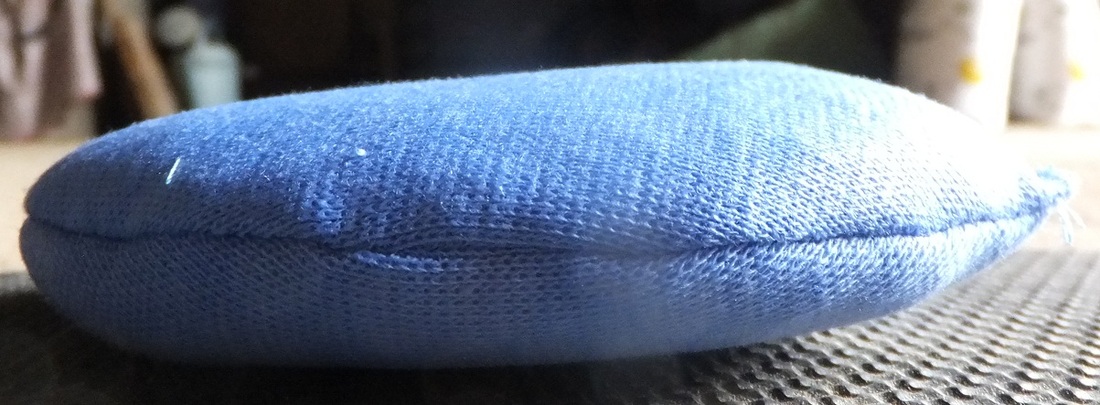
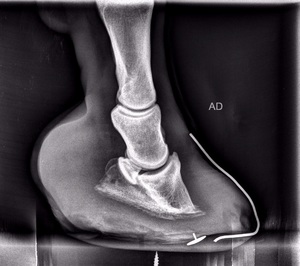
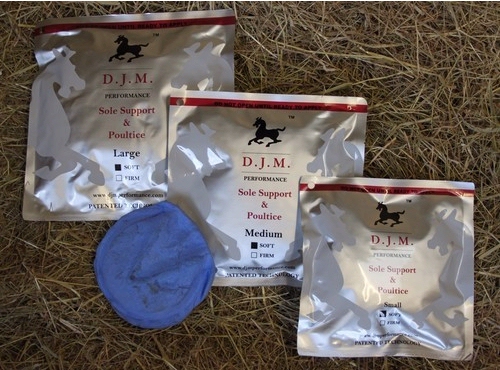
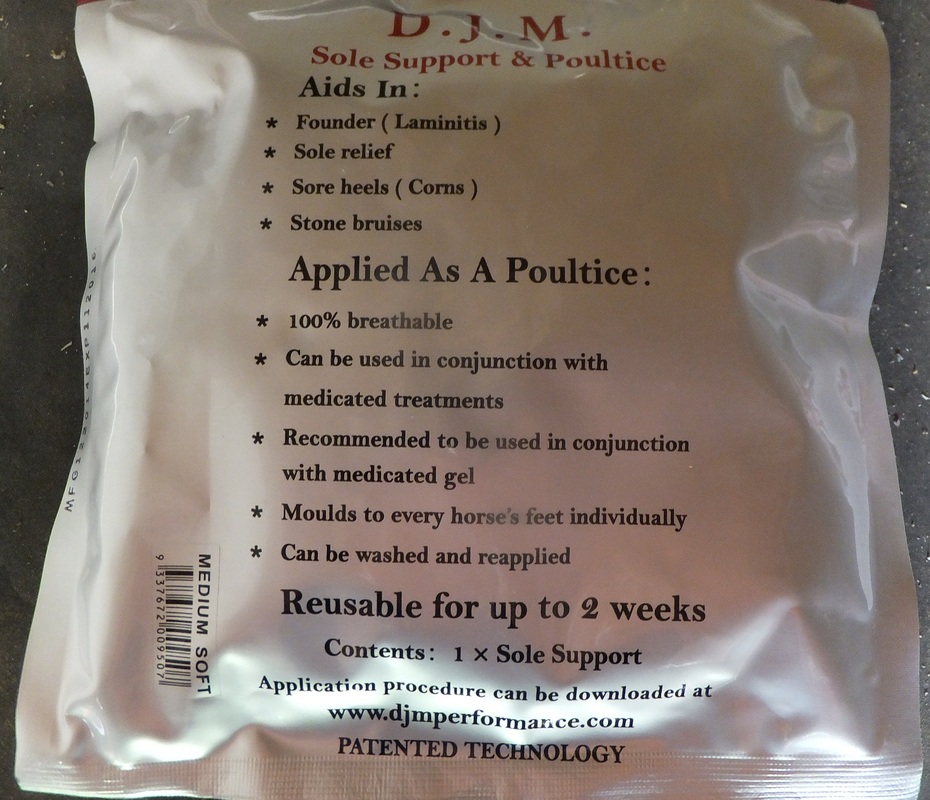
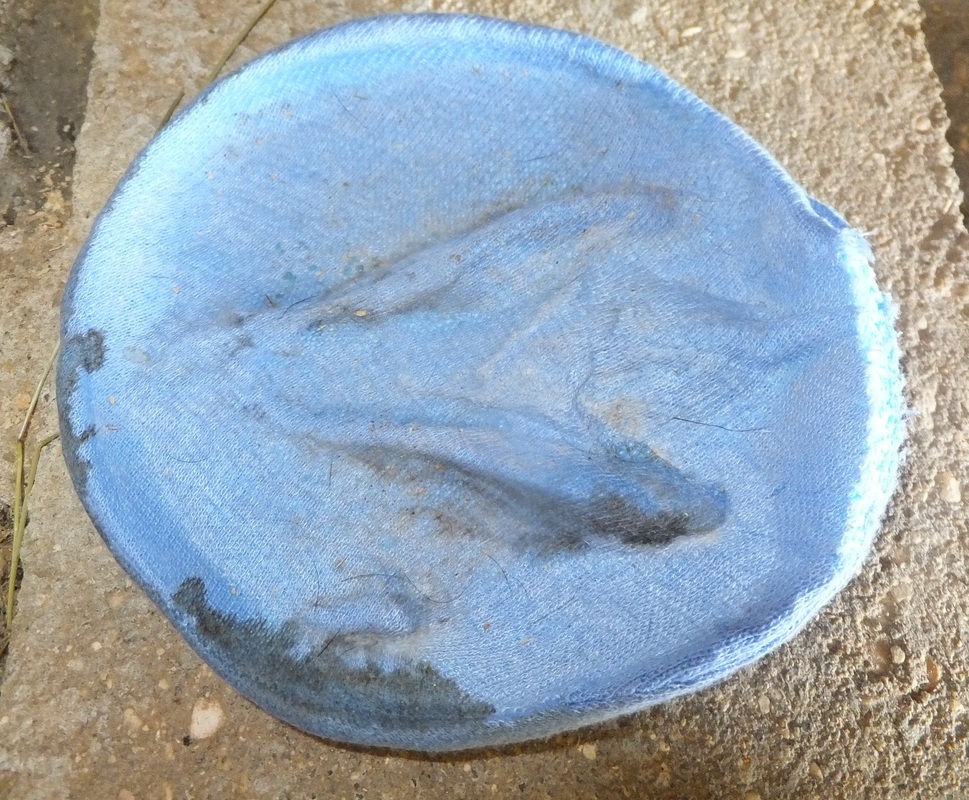
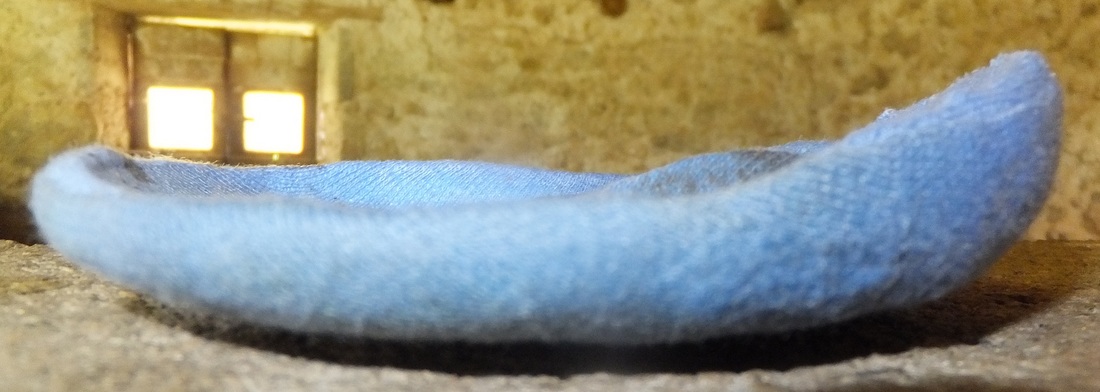
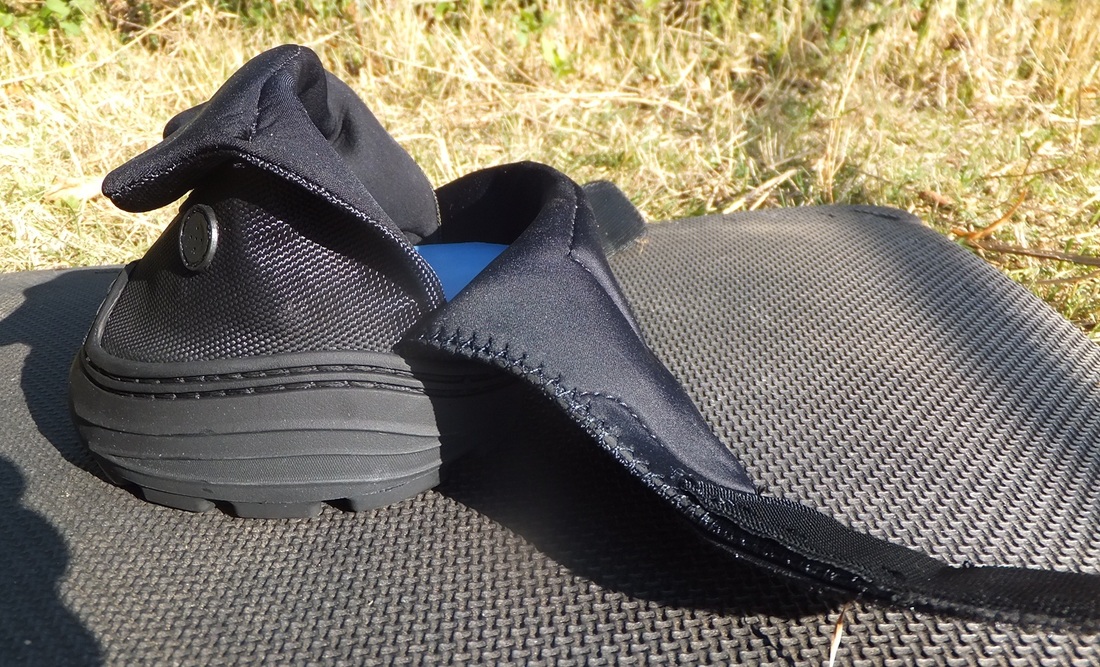

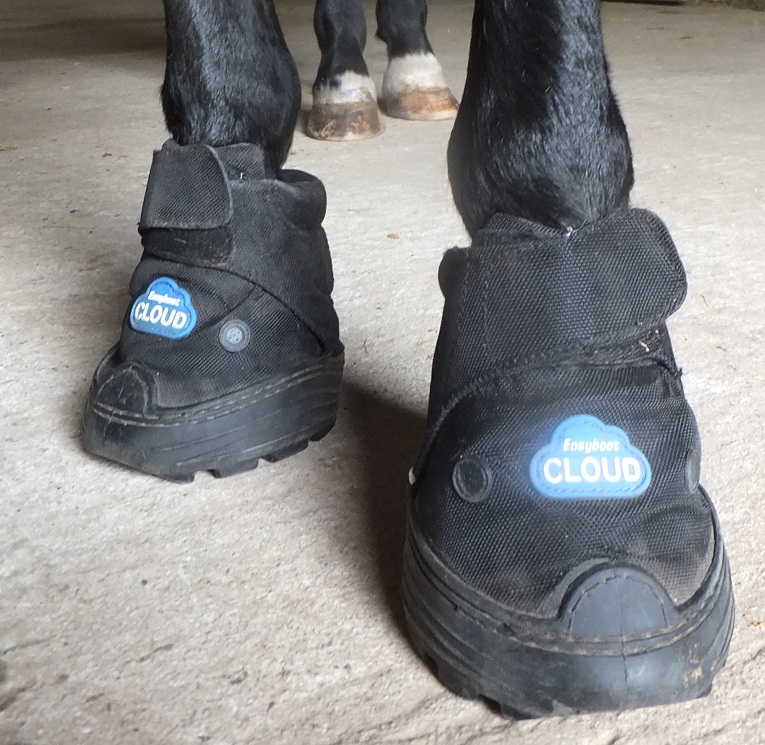
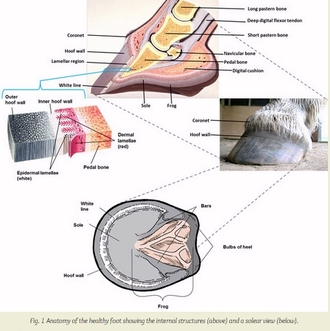

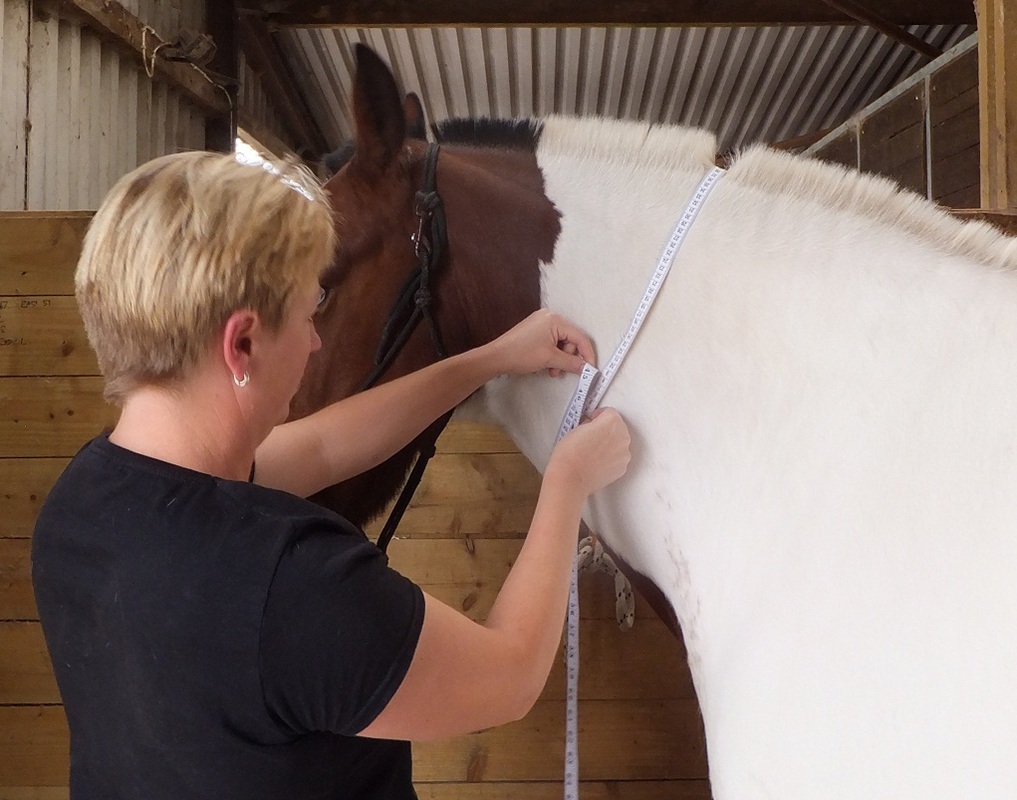
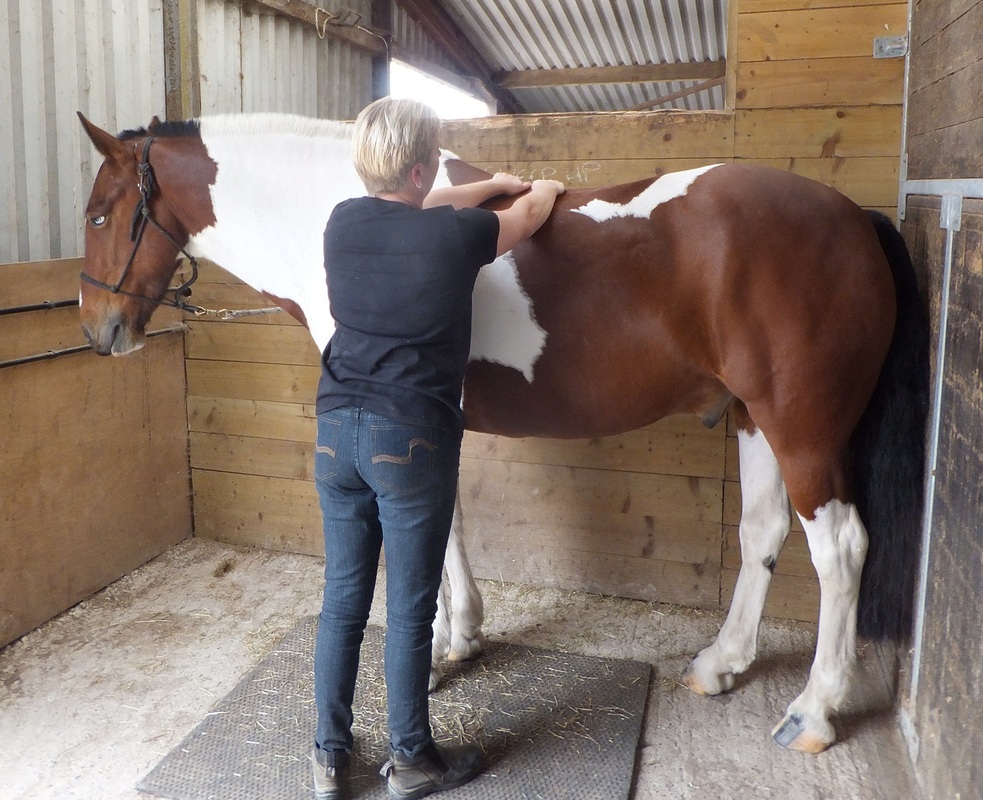
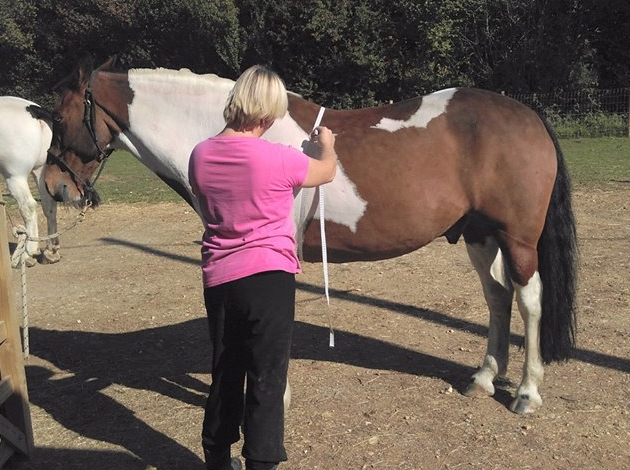
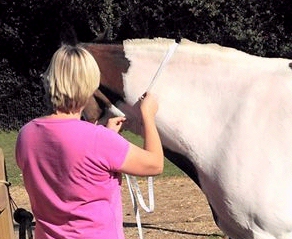
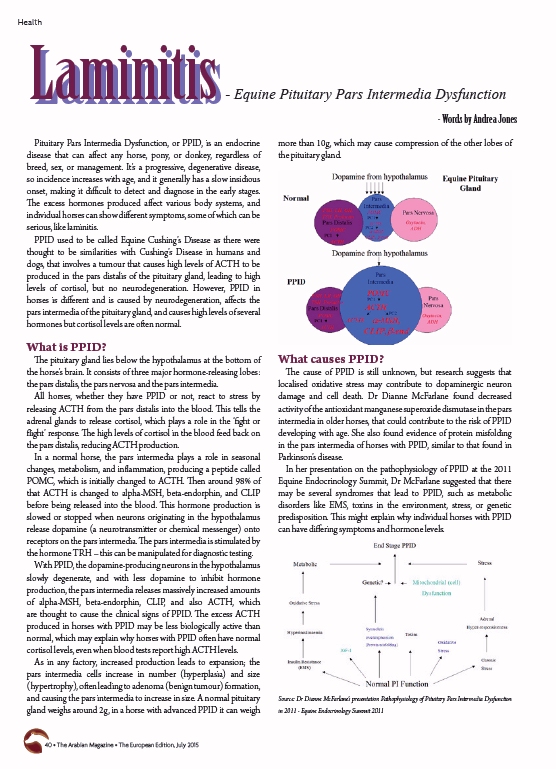
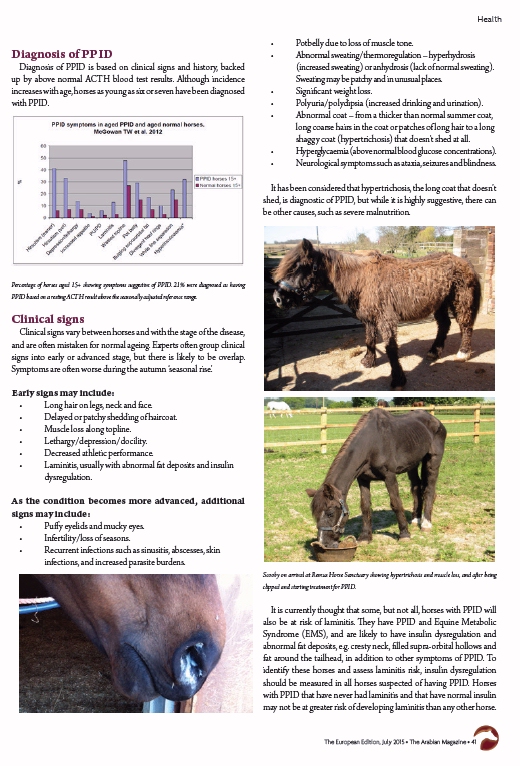
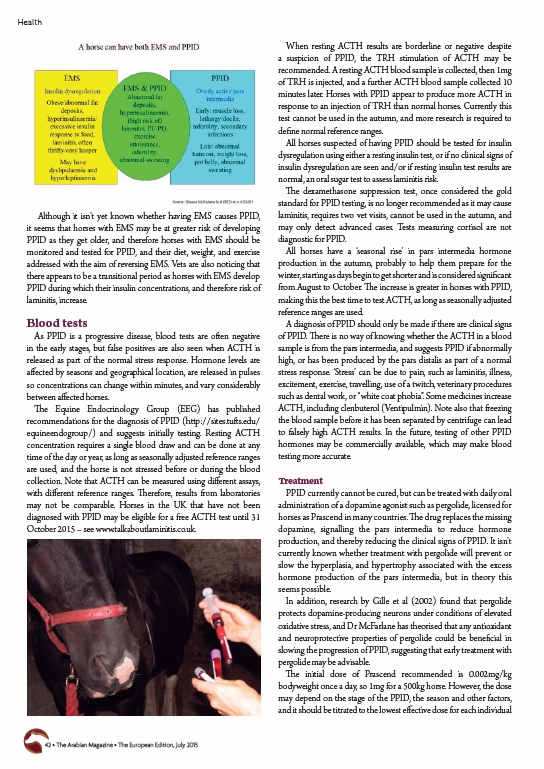
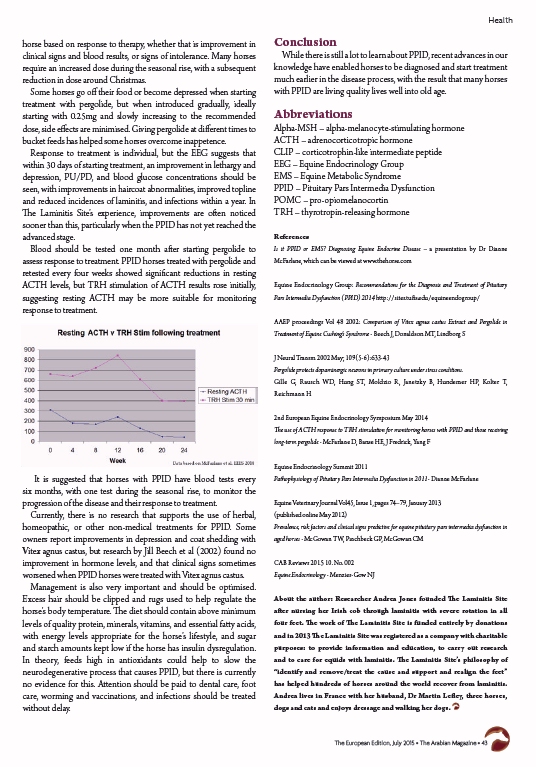
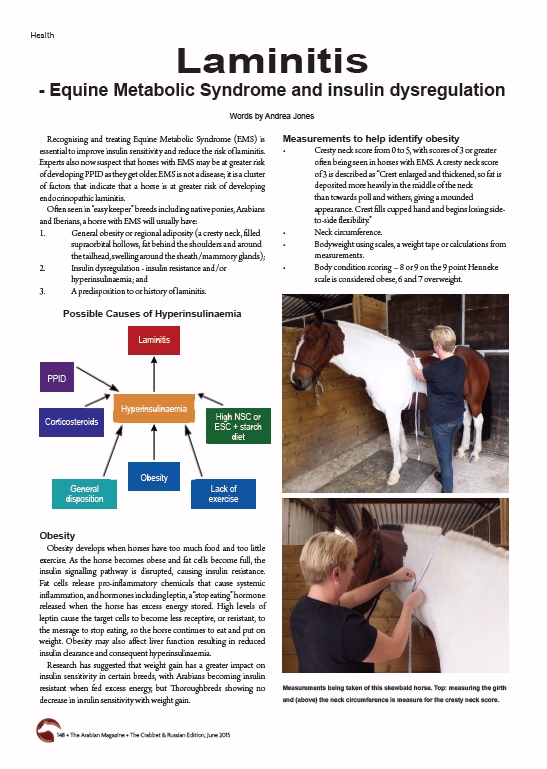
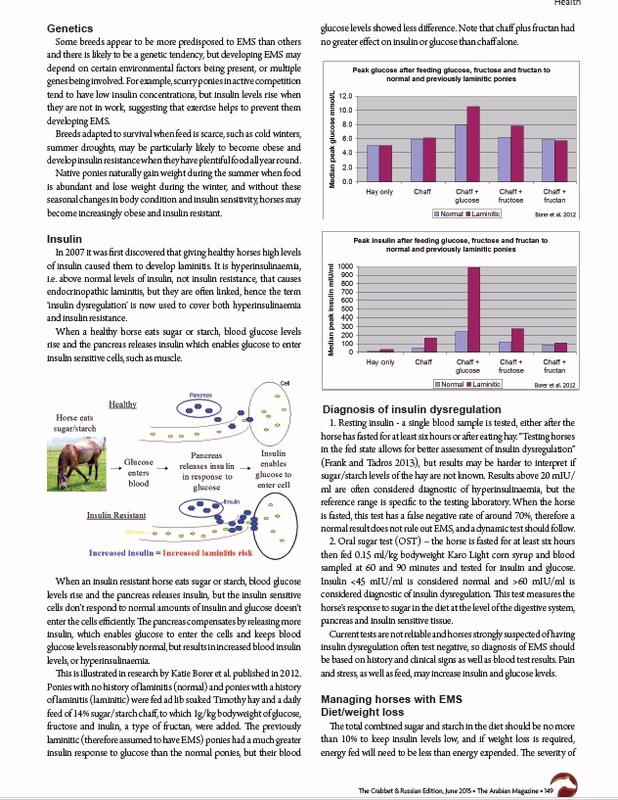
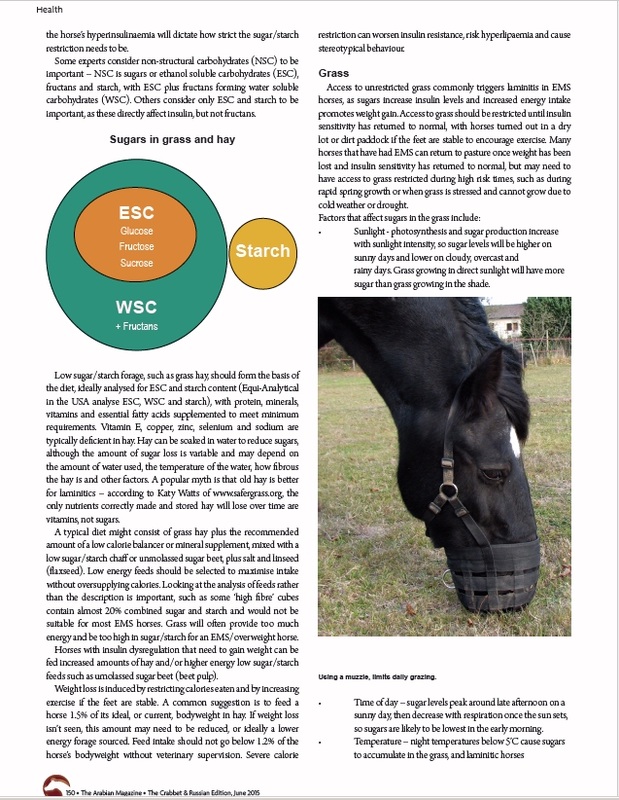
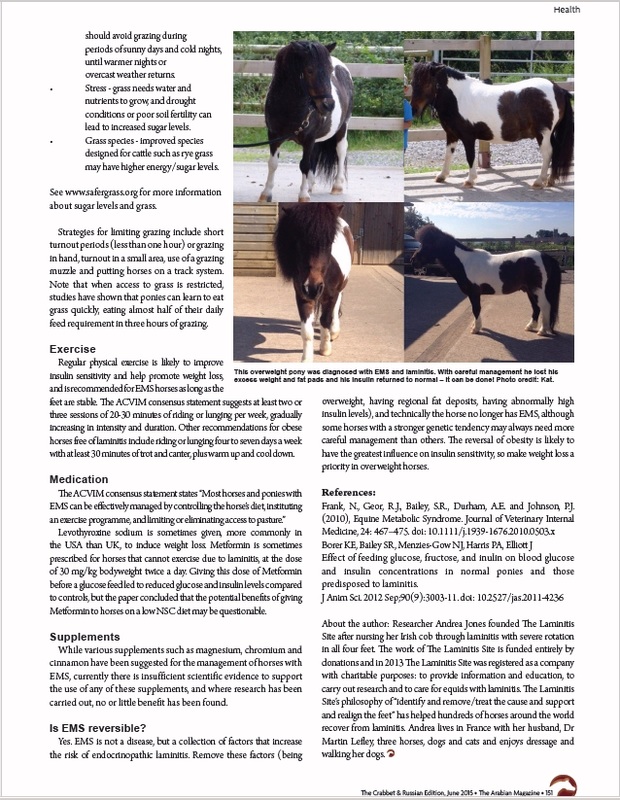
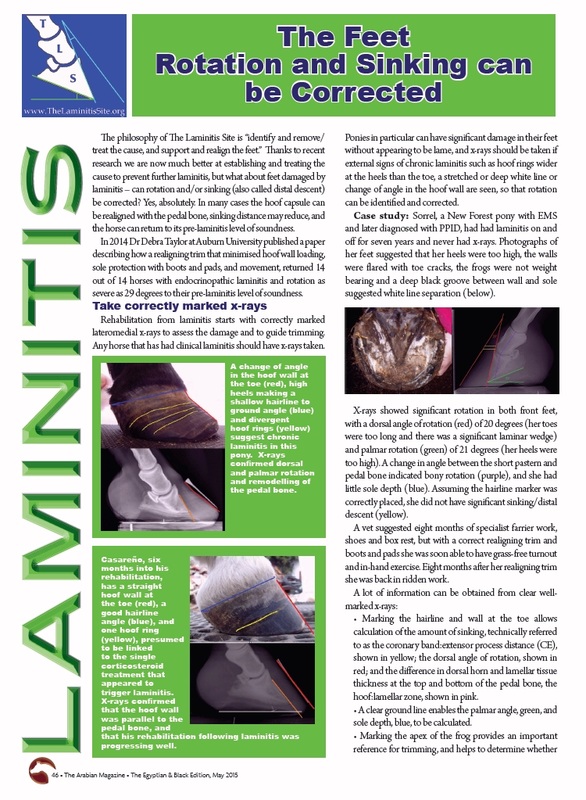
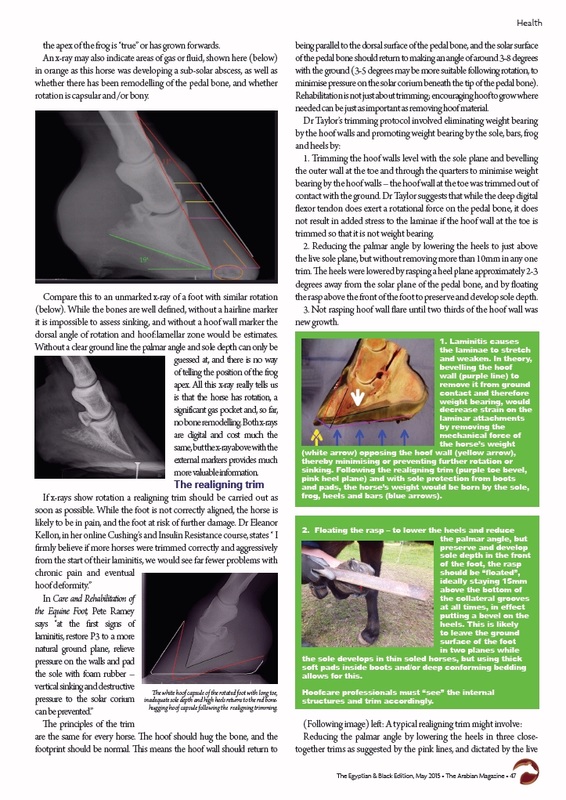
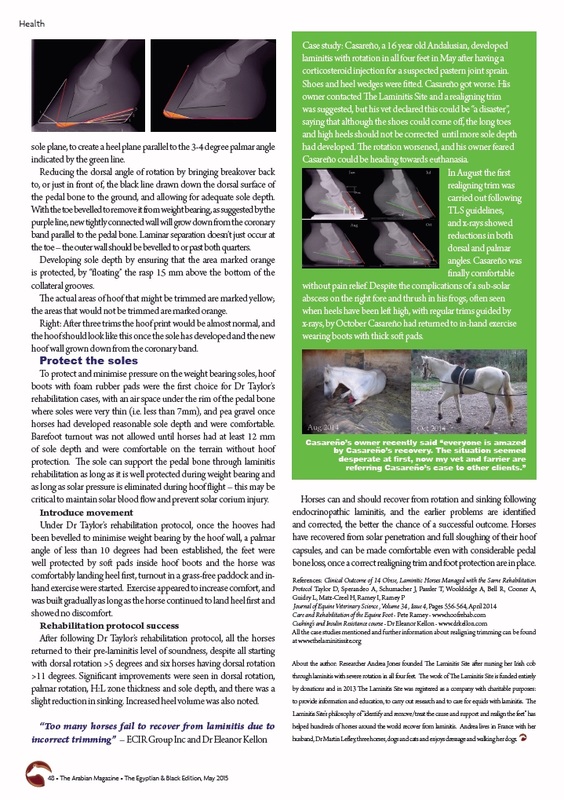
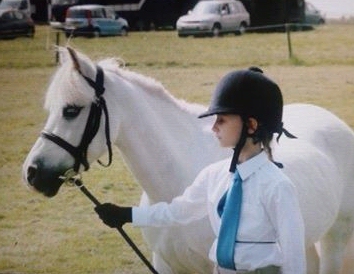
 RSS Feed
RSS Feed